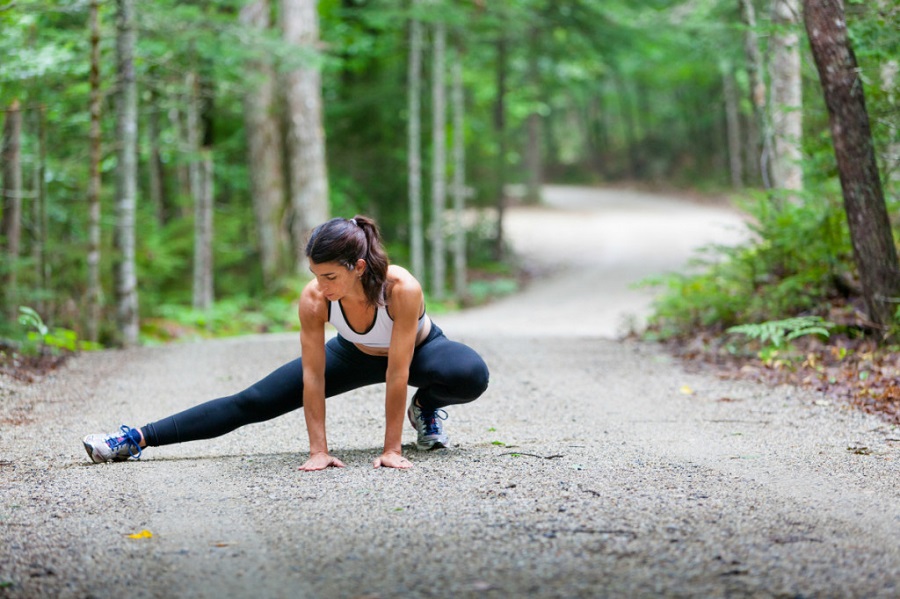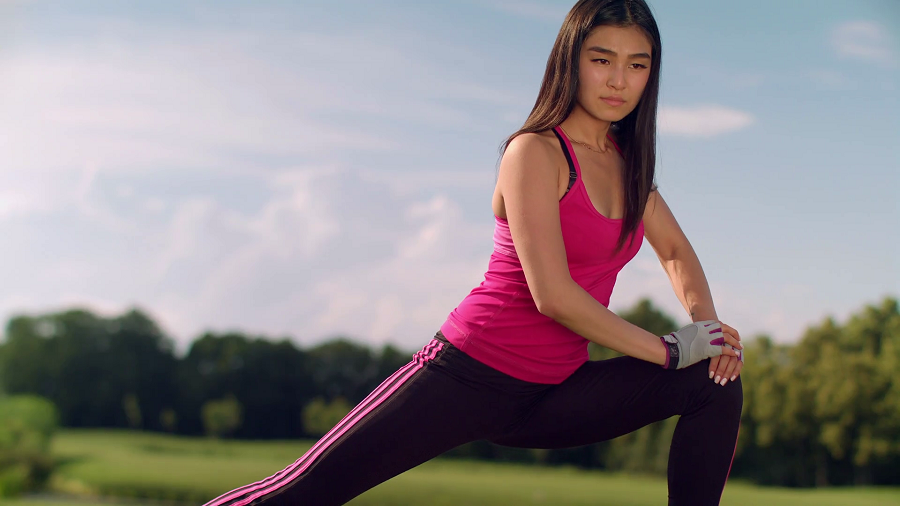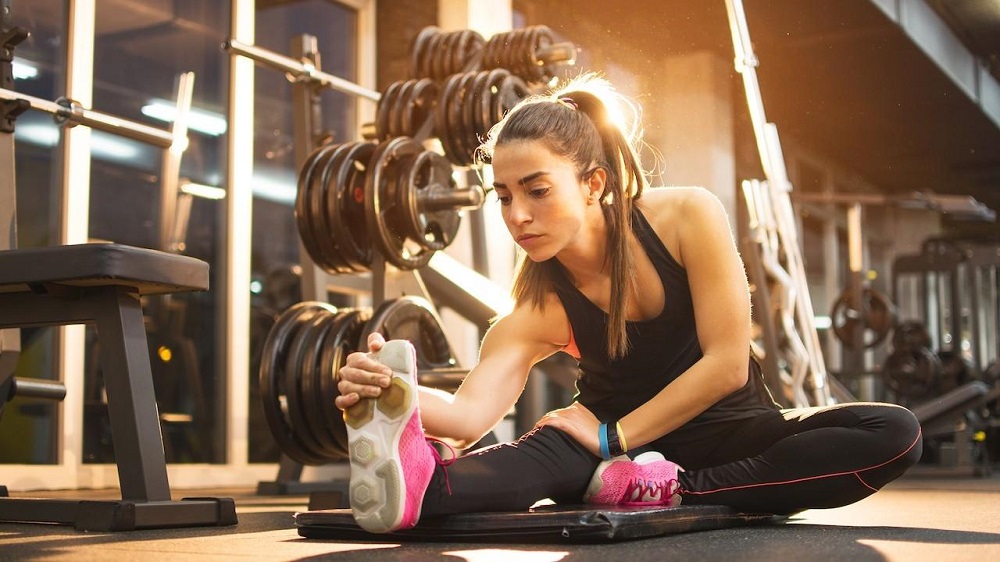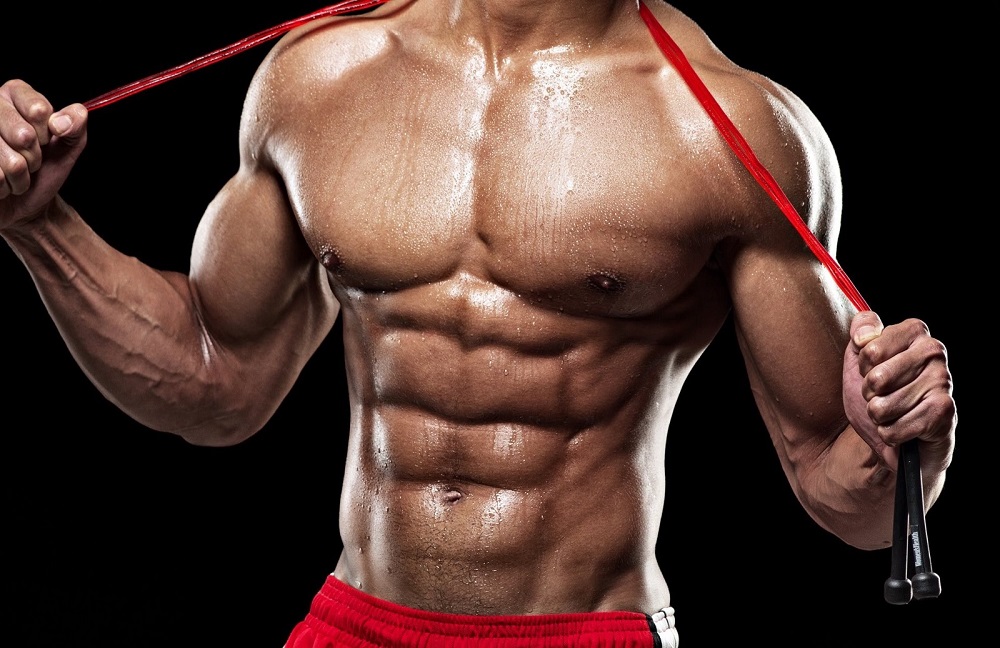The warm-up is an integral part of your sport. It helps to prepare your body for muscle, cardiovascular and mental stress. It should not be neglected and use techniques appropriate to each sporting activity. Discover our tips to warm up well before your workout.
Why warm up before playing sports?
Warming up is essential for any sporting activity. It can never be repeated enough, the warm-up should not be taken lightly! It is inseparable from your workout and brings many positive points that we will analyze together.
1. Prepare your body for the effort

At rest, our muscles and tendons are at a temperature of 36 ° C, the heating aims to raise it to around 39 °. At this temperature, the muscles and tendons reach a maximum yield. This results in a decrease in muscle viscosity, an increase in tendon elasticity and increased joint flexibility, resulting mainly from the production of synovial fluid.
Significant benefits also occur at the cardiovascular level, thanks to the dilatation of blood vessels that allow better blood flow. Warming up allows you to increase your heart rate to facilitate the transport of oxygen to the muscles.
2. Limit the risk of injury
Thanks to these numerous adaptations, a good warm-up effectively contributes to limiting the risk of dreaded injuries, such as sprains, muscle tears or elongations.
3. Improve performance
The points outlined above contribute intrinsically to improving performance. With a warm-up of quality, you will run faster, you will jump higher and you will gain in concentration.
In sports practice, the mind is an essential element to take into account! The preparation for the effort will allow us to have a performance-oriented attitude using, among other things, techniques of concentration and representation, commonly called mental imagery. This preparation, through heating, has the effect of reducing the state of pre-competitive stress by producing an optimal excitation of the nervous system.
A general warming then specific
In the warm-up phase, we distinguish two distinct periods, namely the general warm-up and the specific warm-up. Each period lasts an average of 10 minutes (see more as part of a preparation for a violent effort).
The general warm-up

The general warm-up is a base, practicable by all, whatever the activity!
It aims at starting the cardiovascular and respiratory system, by soliciting the whole muscular apparatus with the help of exercises with increasing intensity. You also learn 4 best exercises to get your muscles firming fast.
This warm-up, made of efforts at moderate intensity interspersed with exercises of dynamic stretching and some brief acceleration, will be progressive and will last about ten minutes.
The specific warm-up
The specific warm-up prolongs the general warm-up. It consists of making efforts and movements close to those achieved during the training or the competition to come. Here, it will be necessary to focus on the muscles and joints that will be solicited later.
Each sport has special needs and very specific, it is for these reasons that the practitioner must not neglect this phase. For example, in the context of a session aimed at the work of the thighs/ abs/glutes, it will be necessary to be doubly vigilant about your ankles, knees, or even your thighs. Concentrate on these areas. There is no need here to specifically warm your shoulders or wrists.
5 rules to know about warming up
1. Always take the time to warm up

If you do not have time to warm up, take it! It is better to shorten your workout rather than the warm-up phase.
2. Duration of the warm-up
The duration of your warm-ups should be increased in cold weather, if you train in the morning or if you are over 30 years old. Of course, if you suffer from various pathologies, shoulder or knee, for example, do not hesitate to extend the warm-up time by targeting these joints.
3. Realize a general warm-up then a specific warm-up
Warming up in two phases for at least 20 minutes is essential. For 10 minutes, run at a moderate pace, bike or rower to increase your heart rate. Then, move to the specific part by targeting the muscles and joints that will come into play during your workout.
4. Listen to your body

Pay attention to certain signals during your warm-ups. If during this phase you feel persistent pain, adapt your workout. If for example, you feel a slight pain in the shoulder during your warm-up, you should not ask this shoulder during your session of the day, and modify your training accordingly. Training on an injury will greatly increase your healing time.
5. Vary your warm-ups
Vary your way to warm up so you do not fall into the routine! There are 1001 original and effective ideas to warm you up properly. By means of small materials (boxing glove, Step, skipping rope, elastic) or without material, there is always a way to join the useful to the pleasant.
Example of warming up
Your sports coach comes to your home for a session thighs/ abs/glutes. Here is an example of a warm-up that he can propose to you … all in music.
General heating (10 min)
Race on the spot: At the top of the music or its signal, one makes a small jump in extension, one sits to rise, etc.
Buttocks: Every 15 sec. alternate with knee climbs and jumping jacks at moderate intensity.
Mini-linking: You will need to make 10 x a pump + a squat.

Specific heating (10 min)
Joint mobilization of the hip, knees, and ankles.
Boxing: Sequence of whipped kicks.
Squat: Perform 10 half-squats.
Slots: Make 10 slots on the spot.
Medicine Ball: Receive the medicine ball, have it go around your belly and send it back to the coach. Perform 8 repetitions.
Explanations about this warm-up: At first you have increased your heart rate and your internal temperature. Then you specifically asked for your thighs, your glutes and your abs. You are 100% ready for your workout!



